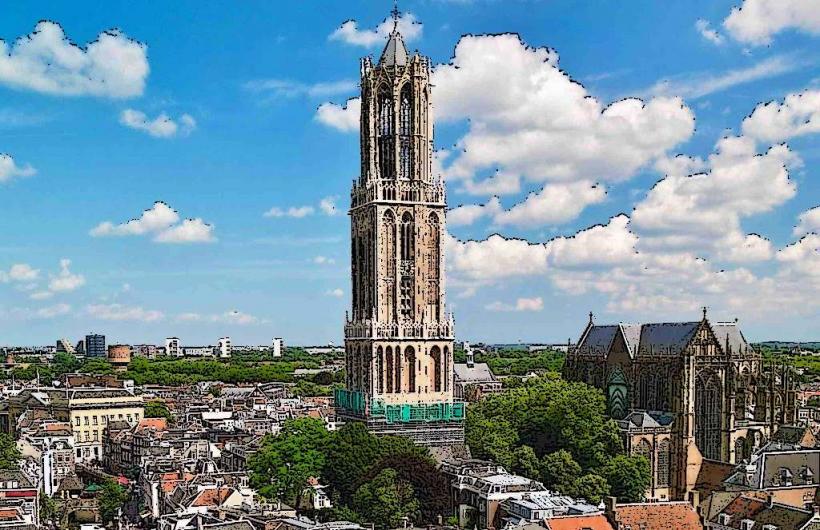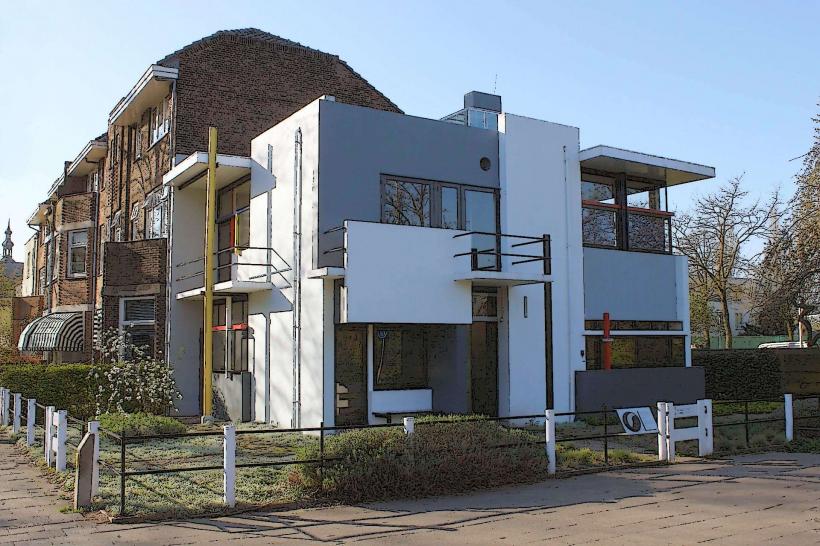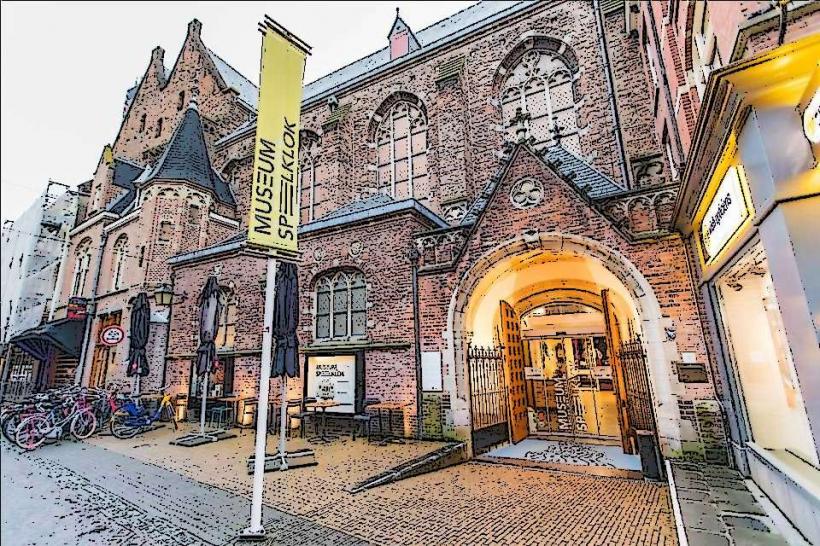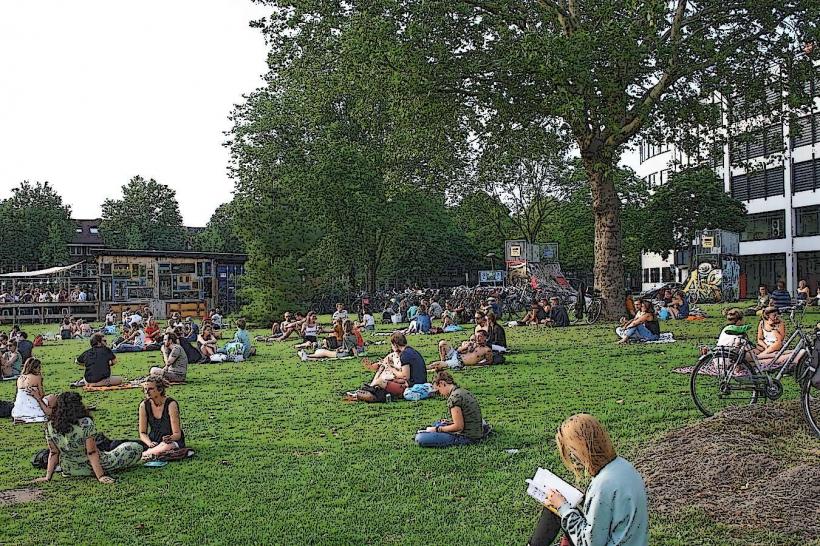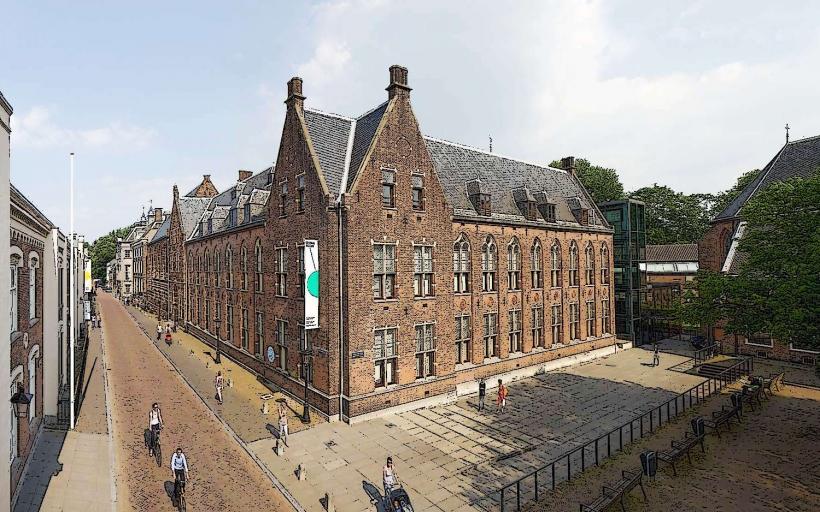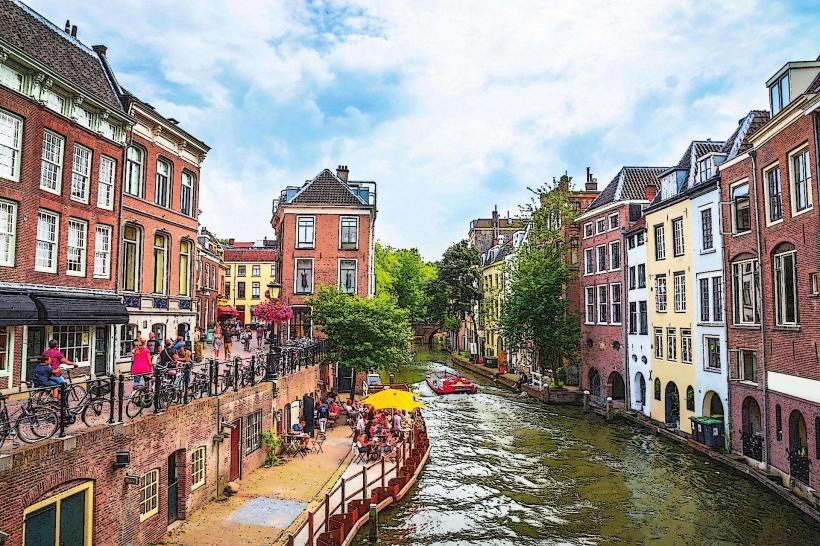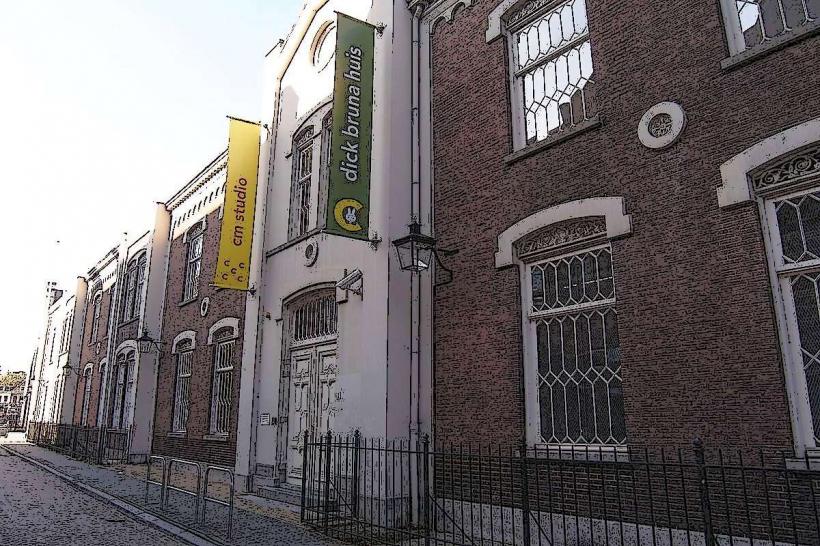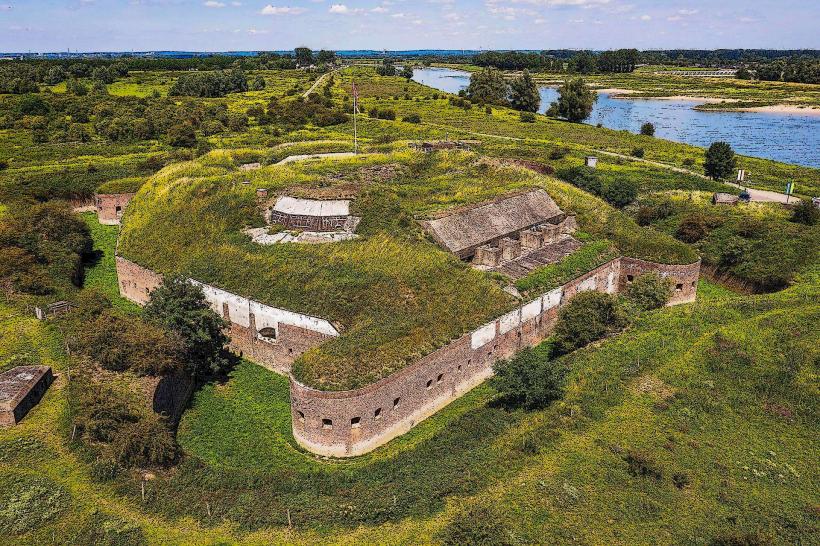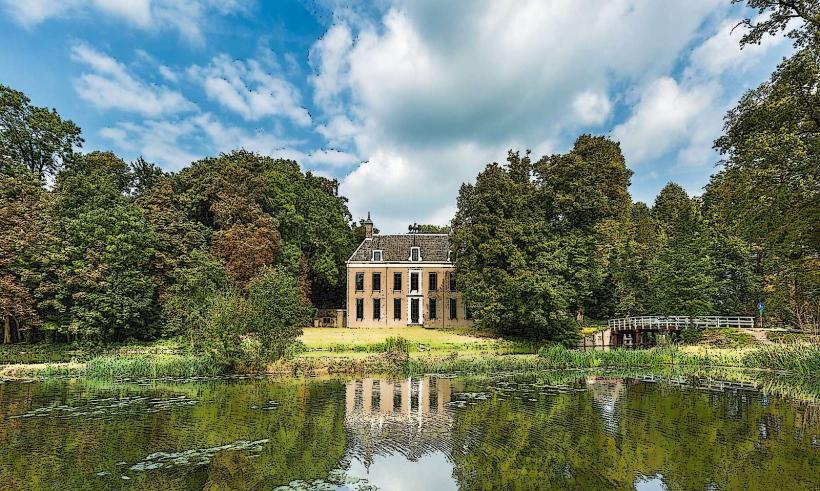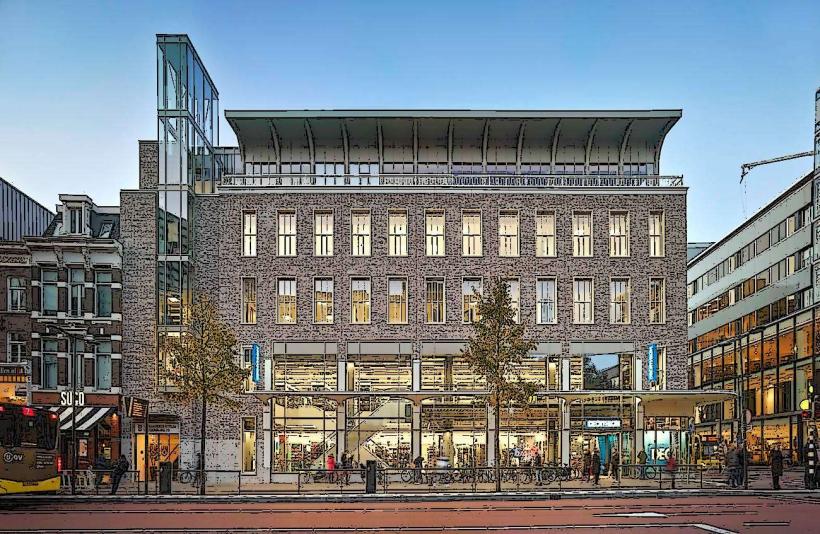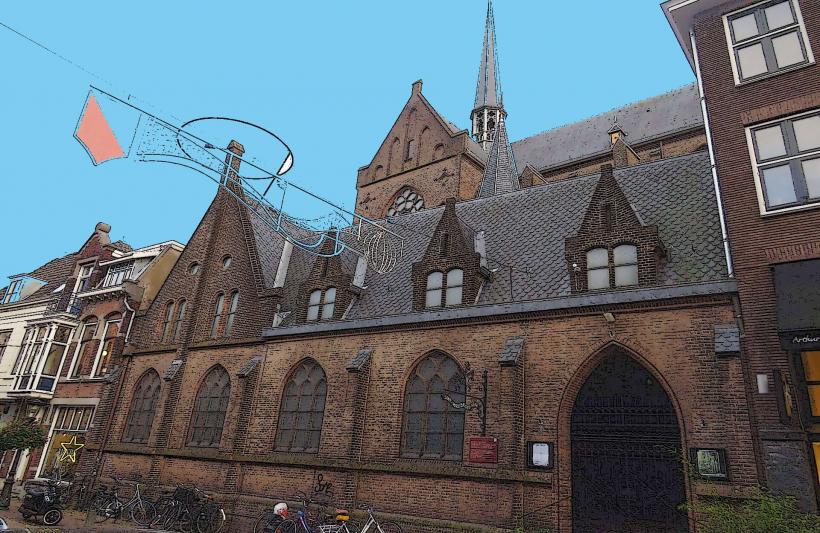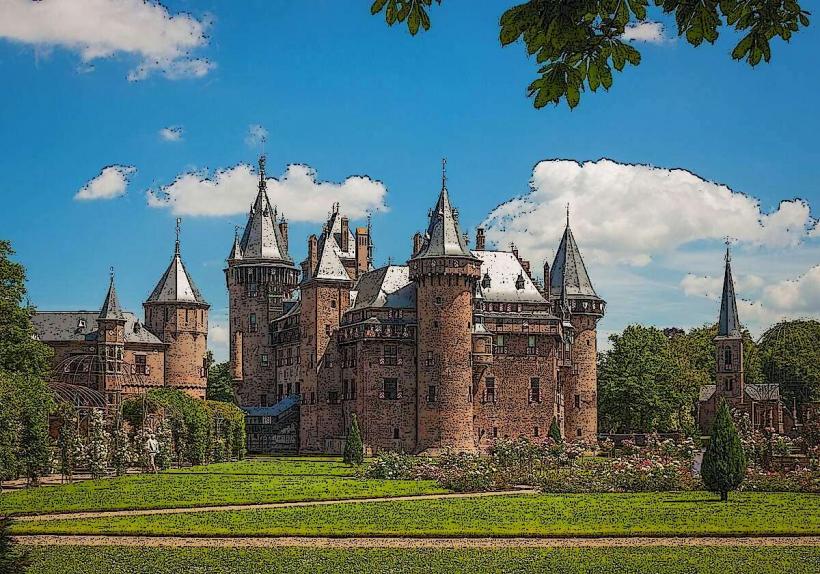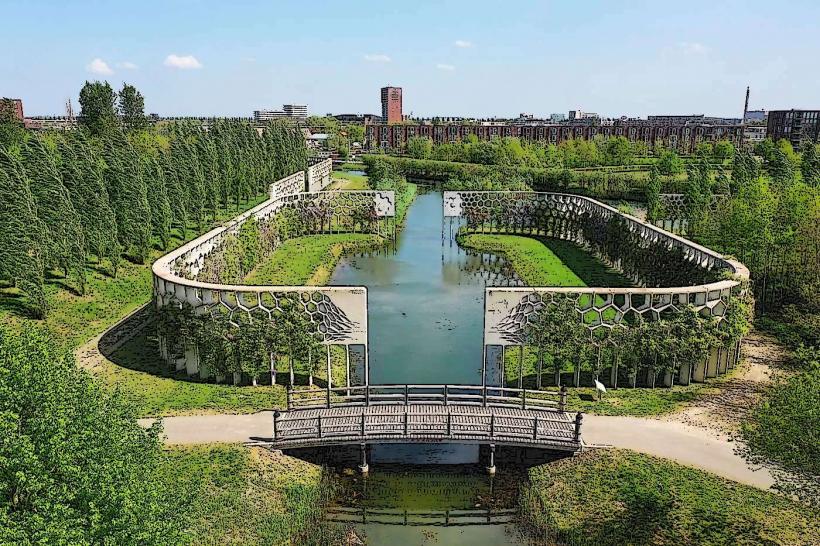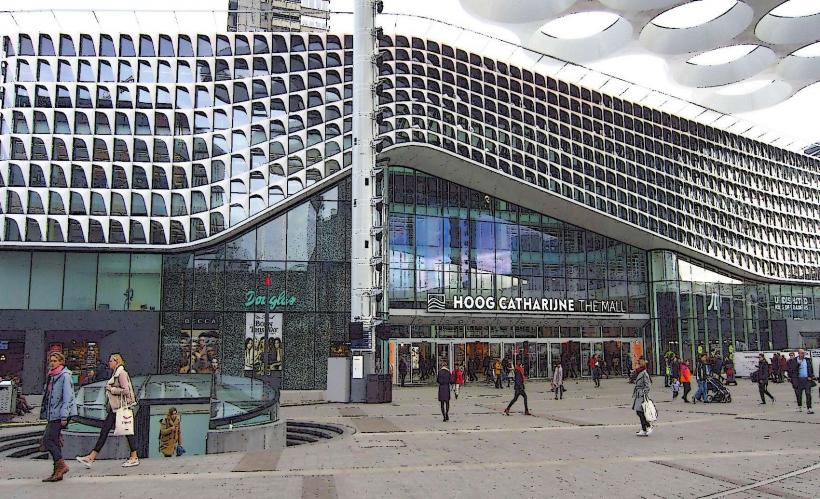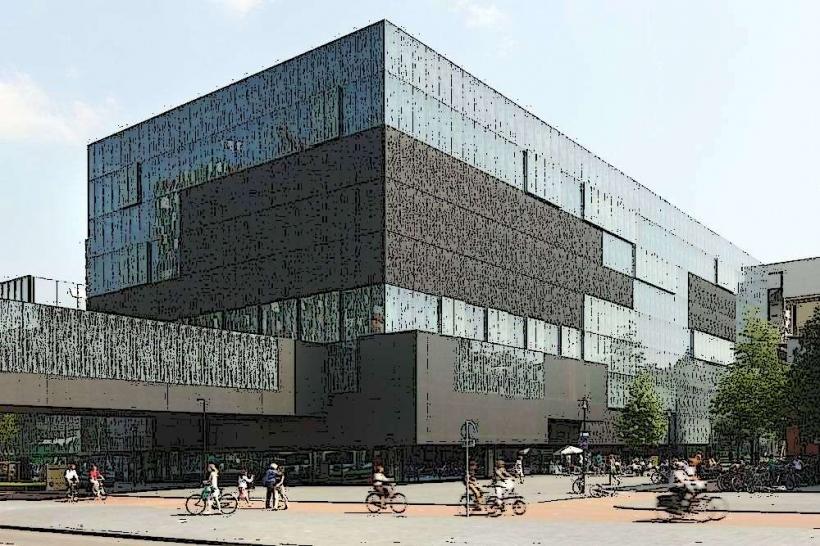Information
Landmark: Museum CatharijneconventCity: Utrecht
Country: Netherlands
Continent: Europe
Museum Catharijneconvent is a prominent museum located in Utrecht, the Netherlands. It is dedicated to the history of Christianity in the Netherlands and is housed in a beautiful, historic building that dates back to the Middle Ages. The museum offers an in-depth look at the religious and cultural heritage of the region, with a particular focus on the medieval and early modern periods.
Here’s a detailed overview of Museum Catharijneconvent:
1. General Overview
Location: The museum is situated in the heart of Utrecht, near the canals and within walking distance from Utrecht Central Station. It is easy to access by public transport and is located in a picturesque part of the city, surrounded by historic buildings.
History of the Museum: Museum Catharijneconvent was originally a monastery, known as the Catharijne Monastery, founded in the 14th century. The building itself is a significant example of medieval architecture and has been used for various purposes over the centuries, including as a monastery and later as a religious museum. The museum officially opened its doors to the public in 1979.
2. Museum Collection and Exhibitions
a. Art and Religious Artifacts
Museum Catharijneconvent is renowned for its extensive collection of religious art and artifacts, including:
Medieval Manuscripts: One of the key features of the museum’s collection is its impressive array of manuscripts and illuminated books from the medieval period. These beautifully crafted works are central to the museum’s focus on Christianity and the cultural heritage of the Catholic Church in the Netherlands.
Religious Paintings: The museum houses a significant collection of religious paintings, dating from the 15th to the 17th centuries. These works are important examples of Christian art, particularly from the Northern Renaissance, showcasing biblical themes, saints, and devotional scenes.
Church Furnishings: The museum displays various church furnishings, including altarpieces, vestments, candlesticks, and liturgical objects, many of which were used in the Catharijne Monastery itself. These objects highlight the artistic and ritualistic practices of Christianity in the Netherlands over the centuries.
Sculptures and Reliefs: The museum also has a collection of sculptures and stone reliefs, which were often part of medieval church decorations or altarpieces.
b. Religious Heritage and History
In addition to its art collection, the museum delves deeply into the religious history of the Netherlands. Some key features include:
Religious Symbols: The museum showcases a variety of religious symbols used throughout Christian history, from the cross to the chalice, helping to explain their significance in worship and devotion.
History of Christianity: Museum Catharijneconvent provides a thorough look at the development of Christianity in the Netherlands, from the early Christianization of the region through to the Protestant Reformation and the development of modern religious practices. It explores the influence of Catholicism, Protestantism, and other Christian denominations on Dutch culture and society.
Religious Architecture: The museum is housed in the former Catharijne Monastery, and part of the museum’s collection includes elements of the monastic life, such as medieval monastic buildings and churches, as well as the changing religious landscape of the Netherlands over the centuries.
c. Temporary Exhibitions
The museum also organizes temporary exhibitions, which focus on various aspects of religious and cultural history. These exhibitions may include contemporary religious art, specific religious movements, or thematic explorations of faith across different cultures.
3. The Building and Architecture
a. The Monastery Building
The museum is housed in the Catharijne Monastery, a beautiful building with a rich history. The structure dates back to the 14th century and is a significant example of Gothic architecture. Over the centuries, it has been expanded and modified, but the original monastery building, with its characteristic pointed arches and serene atmosphere, remains a central part of the museum experience.
- Monastic Elements: Visitors to the museum can explore parts of the original monastery where monks lived and worked. Some of the rooms in the building have been preserved with their original vaulted ceilings, cloisters, and chapels, offering a glimpse into the medieval religious life.
b. The Chapel
A notable feature of the building is the monastery chapel, which has been restored and is still used for occasional religious services. The chapel features beautiful stained glass windows, and visitors can see how religious ceremonies would have been conducted in the medieval period.
4. Educational Programs and Visitor Experience
Guided Tours: The museum offers guided tours that provide in-depth information about the history of Christianity, the significance of the artworks, and the building itself. These tours are available in multiple languages and are perfect for visitors who wish to learn more about the collections and the role of Christianity in the region.
Workshops and Events: Museum Catharijneconvent organizes educational workshops and events throughout the year, including activities for children and families. These programs often involve art, history, and religious education, allowing visitors to engage with the exhibits in a hands-on way.
Museum Shop: The museum has a gift shop where visitors can purchase a variety of books on religious art, Dutch history, and Christianity. There are also souvenirs related to the museum’s collections, such as replicas of religious artifacts and artwork.
Café: The museum has a café where visitors can relax and enjoy refreshments, either before or after exploring the museum. The café is a quiet space that offers a peaceful atmosphere, in keeping with the reflective nature of the museum.
5. Conclusion
Museum Catharijneconvent is a significant cultural and historical institution in Utrecht. It provides an exceptional overview of the religious history of the Netherlands, with a particular emphasis on Christianity's influence on the art, culture, and architecture of the region. Whether you're interested in medieval manuscripts, religious art, or learning more about the historical development of Christianity in the Netherlands, the museum offers a rich, informative, and immersive experience.

